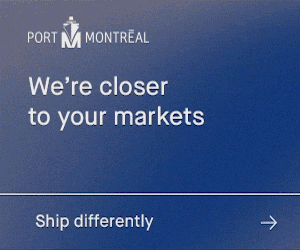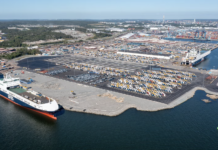
The German companies Dakosy and dbh Logistics IT, both specialising in port community systems, will launch a joint solution for the digitalised release process of import containers in German ports.
Particularly, the software companies will develop a digital platform marketed under the label “German Ports”, in which the first shipping companies and forwarders will be connected by the end of the year.
Through the new application, Dakosy and dbh are paving the way for standardising and digitalising in the release process for import containers in the German seaports of Hamburg, Bremerhaven, Bremen and Wilhelmshaven, while the application offers multiple options for the release process.
Furthermore, the new platform makes blockchain technology available for the first time to the users of German software companies, according to a statement.
“Blockchain’s suitability and practicality for the release process have already been confirmed as part of the IHATEC research project Robob,” stated Dakosy.
Getting started with the new process is familiar for carriers, forwarders, transport companies and terminals alike. “Our solution for the digitalised release process is based on existing platforms and processes that are already being extensively used by the stakeholders in German seaports,” explained Dirk Gladiator, authorised officer of Dakosy.
The application will be available in both the Hamburg and Bremen Port Community Systems. In Hamburg, it will be integrated into the Import Message Platform (IMP), and in the ports of Bremen and Wilhelmshaven, it will be a part of the Business Integration Platform (BIP).
“Parallel to the proven IMP and BIP platforms, we are building the framework for blockchain in order to make it available as a hybrid alternative in the next step,” noted Holger Hübner, Head of Port Solutions at dbh, who assured that “digitalised releases meet all requirements for security and verification of identities.”
With the use of the established IMP and BIP platforms as well as the optional addition of blockchain, the requirements for access authorisations and secure information technology (IT) processes of the new application have now been met.








